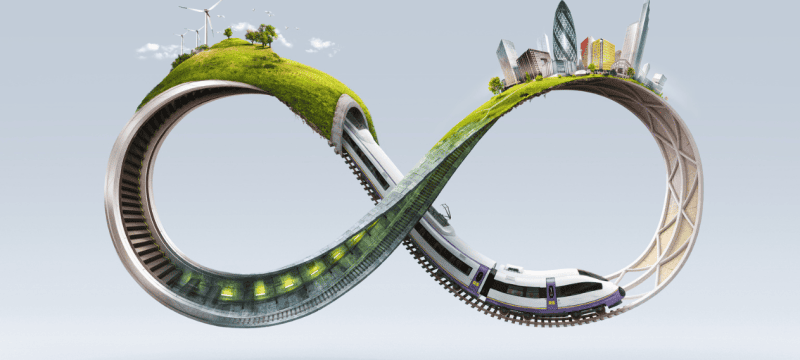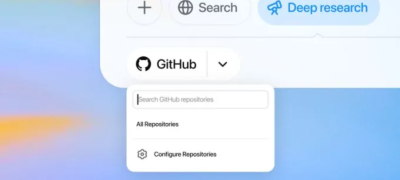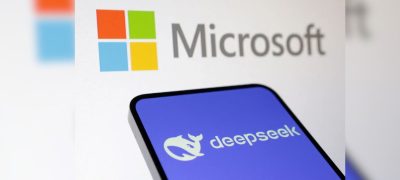According to the business, ChatGPT Plus and Enterprise users will get access to Dall-E 3 through the API in October. In chats with ChatGPT, users can enter in a request for an image and modify the prompt.
“DALL-E 3 can translate nuanced requests into extremely detailed and accurate images,” the business claimed in a statement.
The most recent iteration of the program, according to OpenAI, will include extra controls, such as a restriction on its capacity to produce violent, pornographic, or bigoted content.
Additionally, the application offers ways to reject requests for pictures of specific prominent figures or pictures made in the manner of contemporary artists.
Read more:Millennials and Gen-Z Outperform Boomers in Pakistani Intelligence
Creators could choose not to have some or all of their work used to train text-to-image software, according to OpenAI.
There are a number of rivals in OpenAI’s battle to develop accurate text-to-image AI technologies, including Tongyi Wanxiang of Alibaba, Midjourney, and Stability AI, which are all working to improve their image-generating algorithms.
AI-generated graphics, however, raise a number of issues. A Washington D.C. court concluded in August that a piece of art produced entirely by AI and not touched by a human could not be protected by copyright under US law.
There are also other cases against OpenAI. On behalf of authors including George R.R. Martin and “Game of Thrones” author John Grisham, a trade association for US authors recently filed a lawsuit against the leader in artificial intelligence, claiming the business improperly trained its chatbot ChatGPT on their works.





